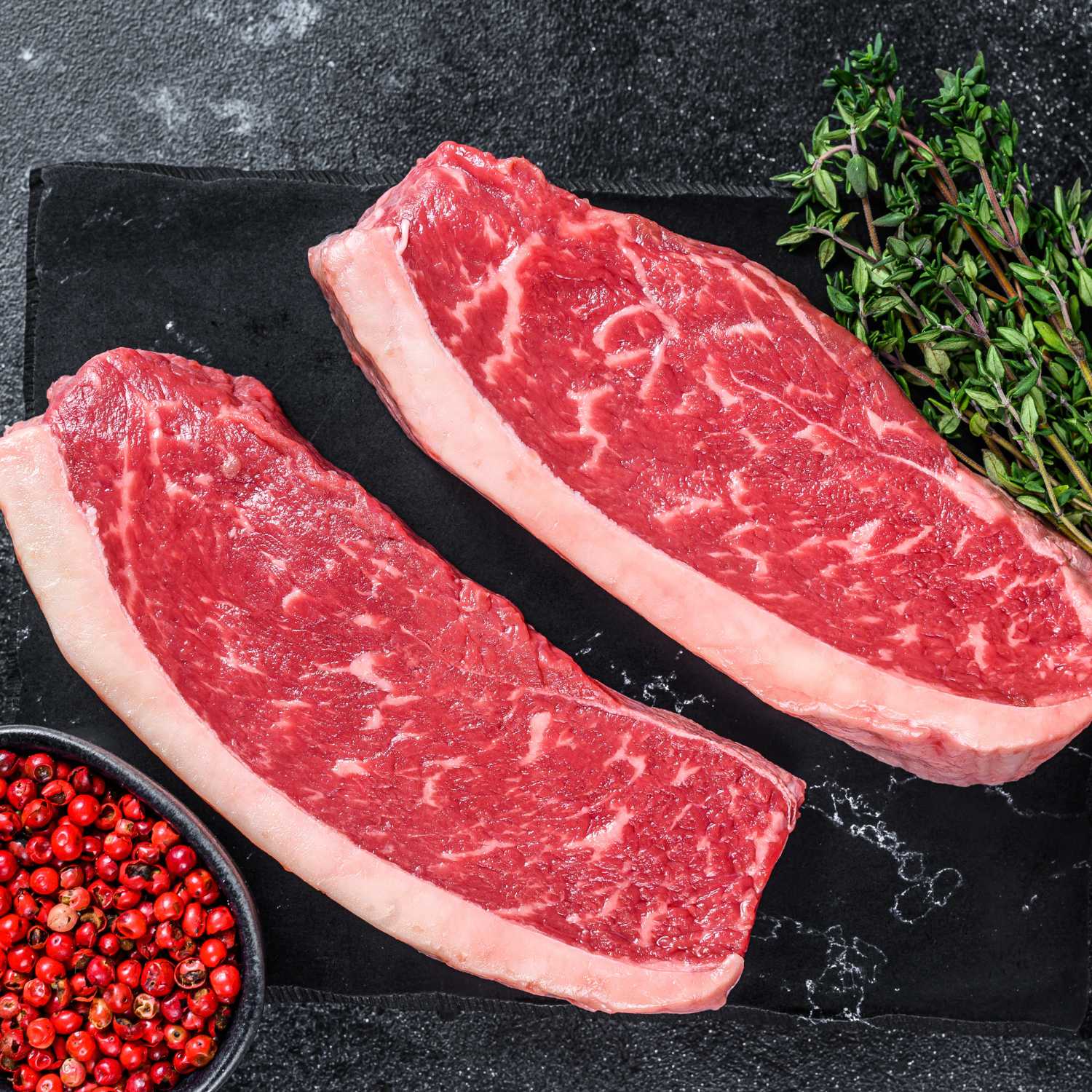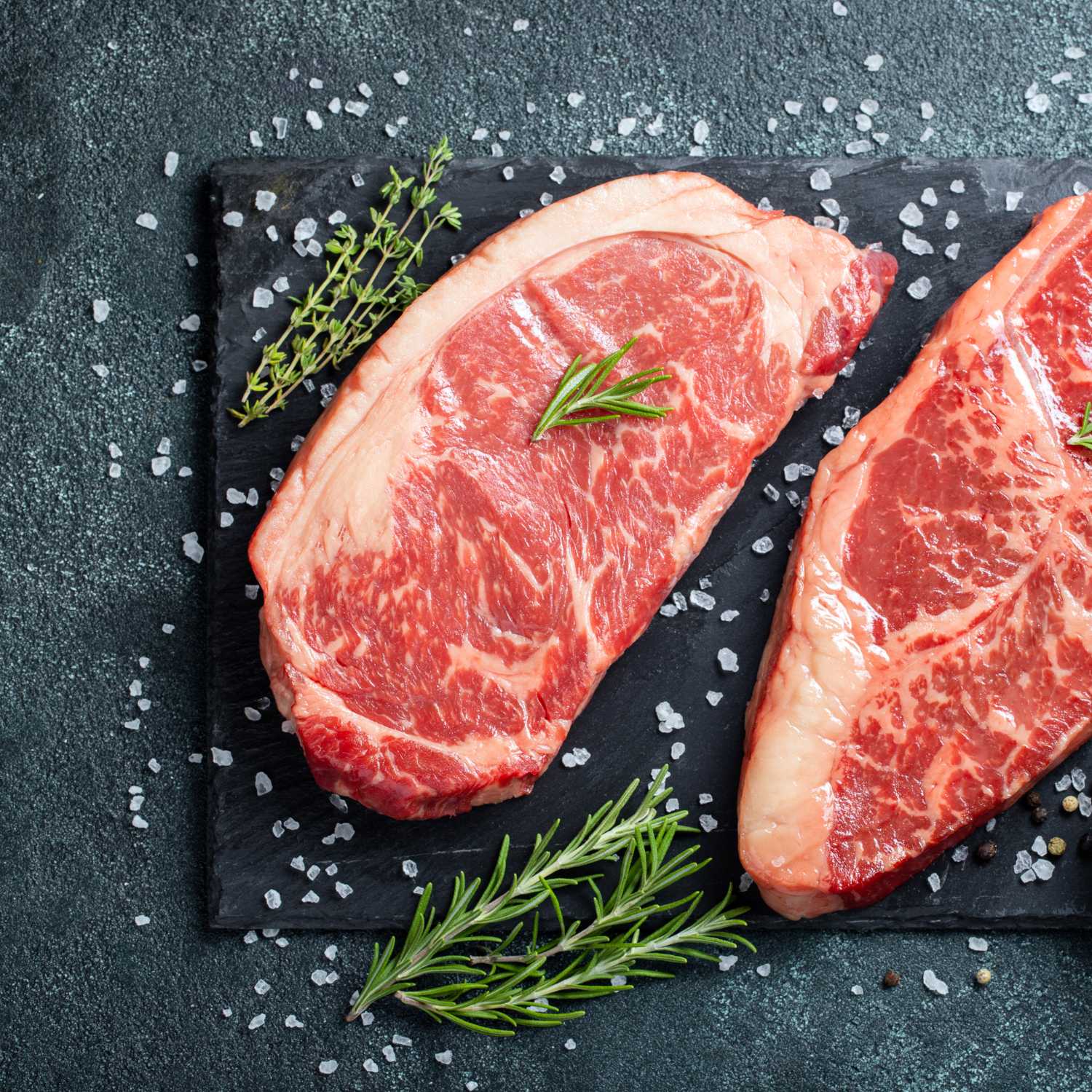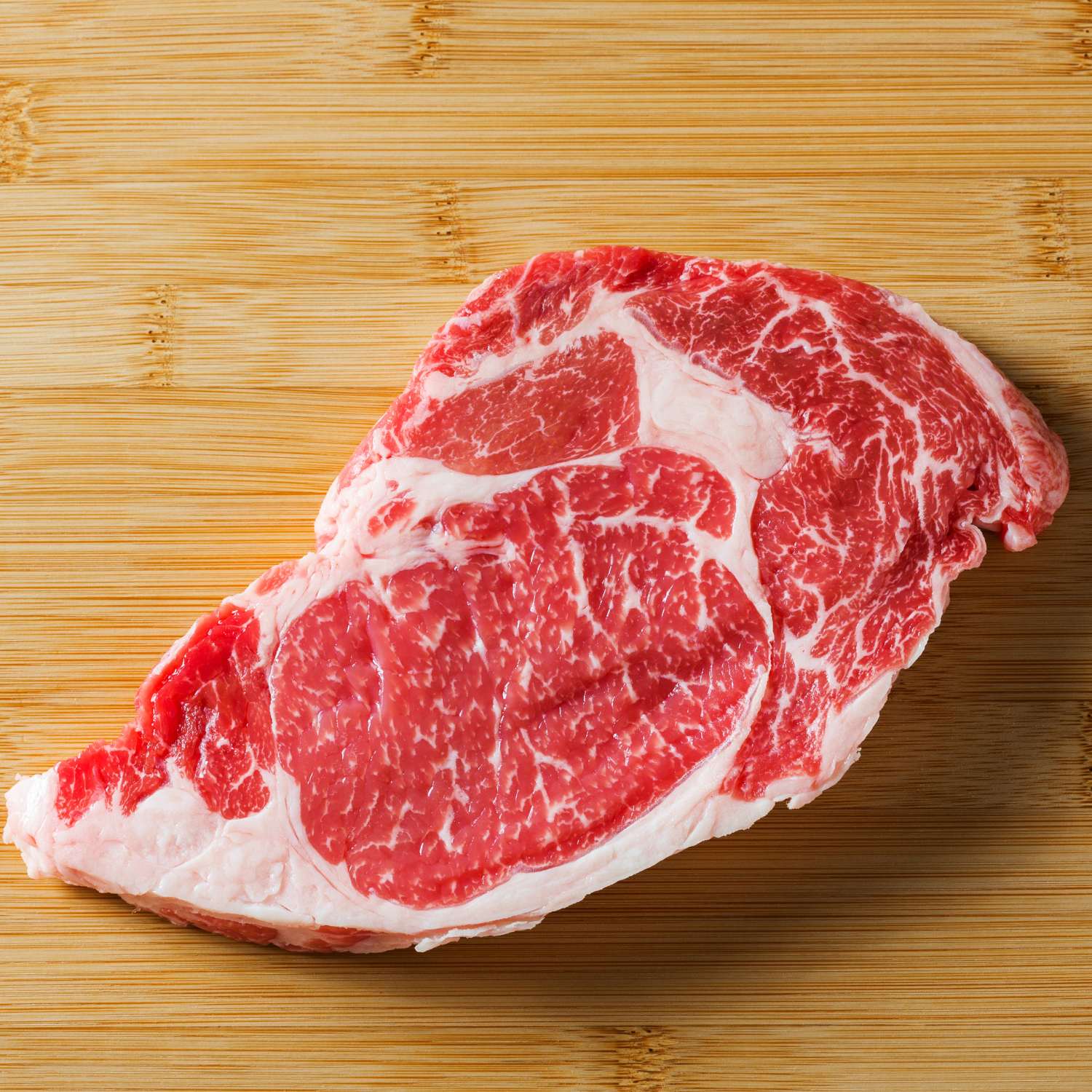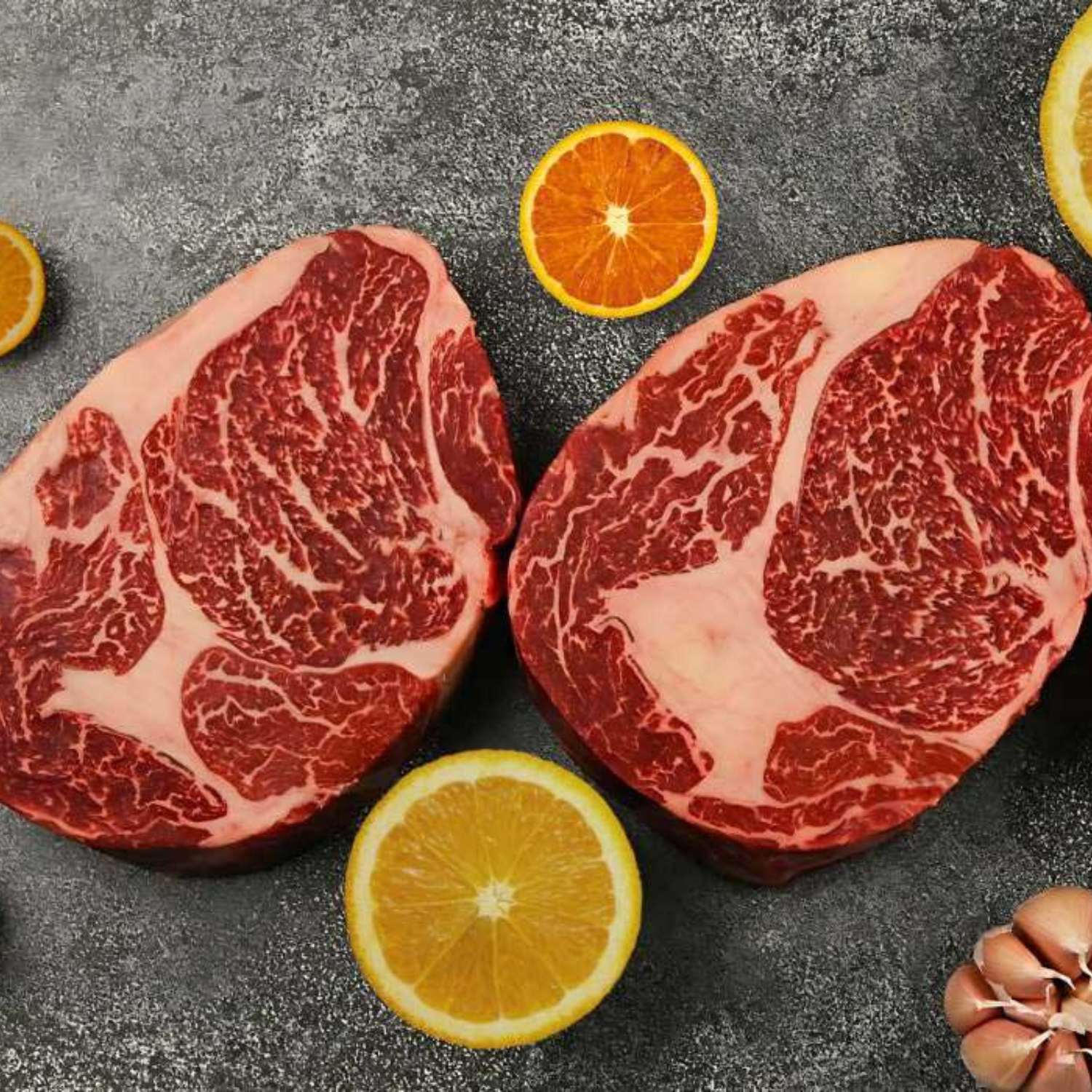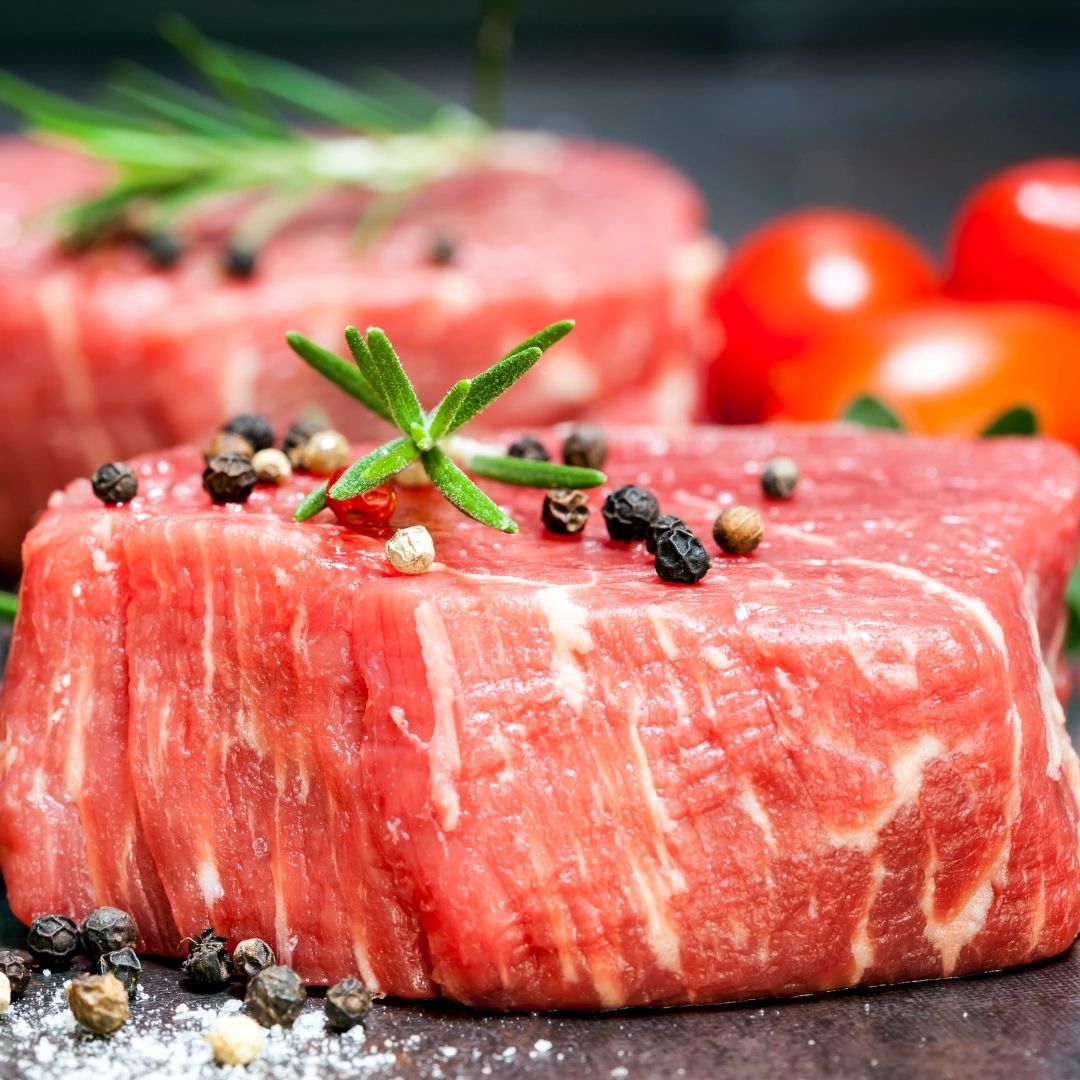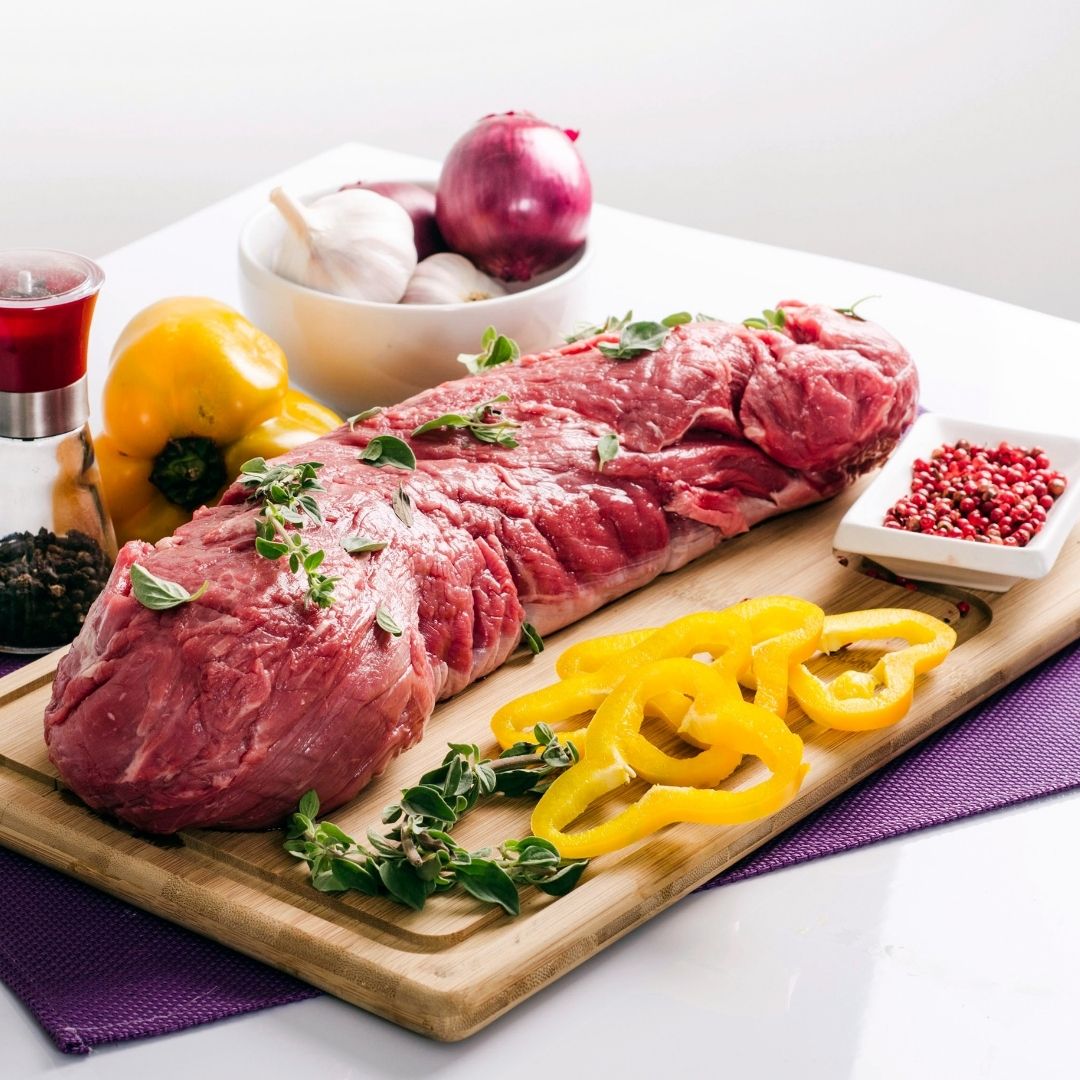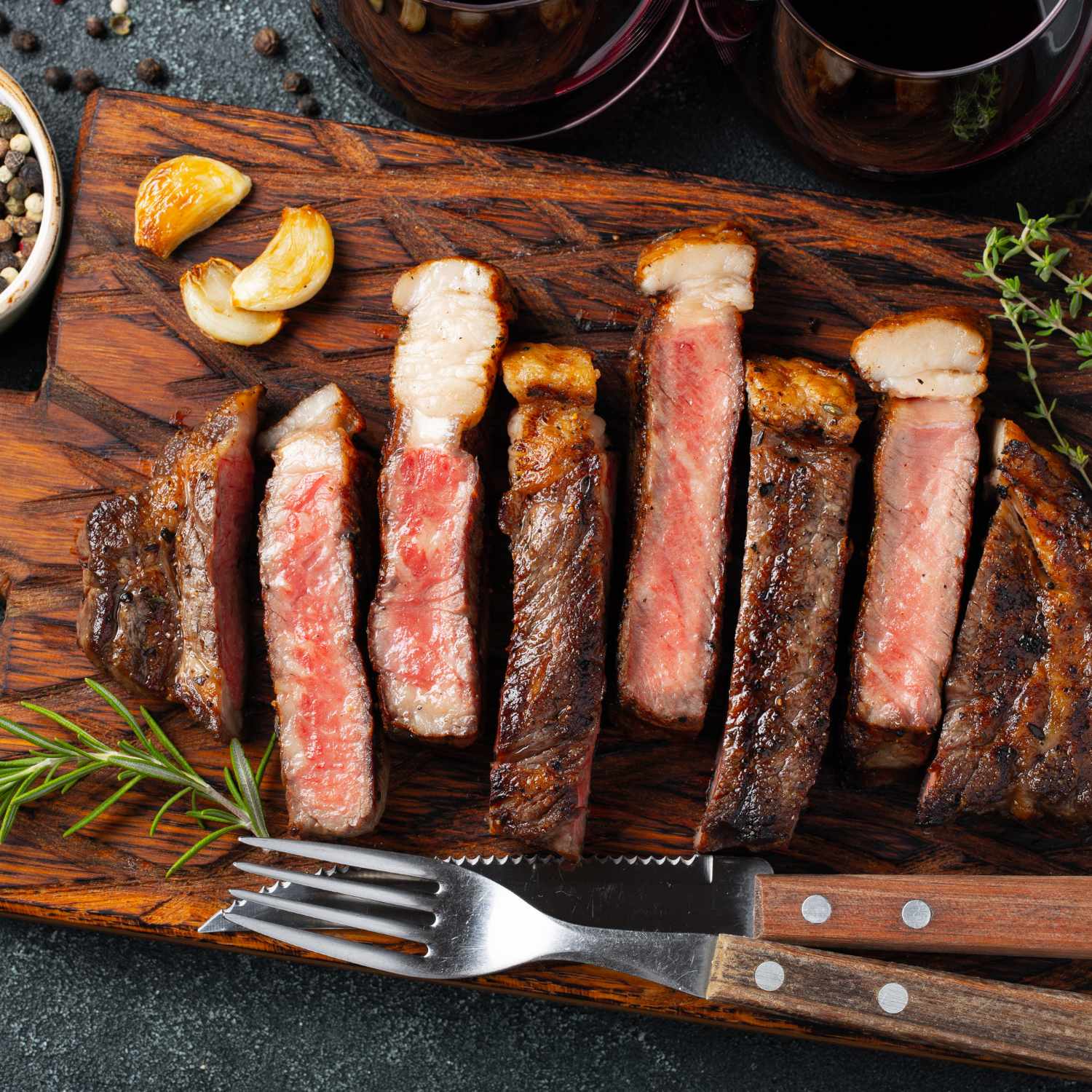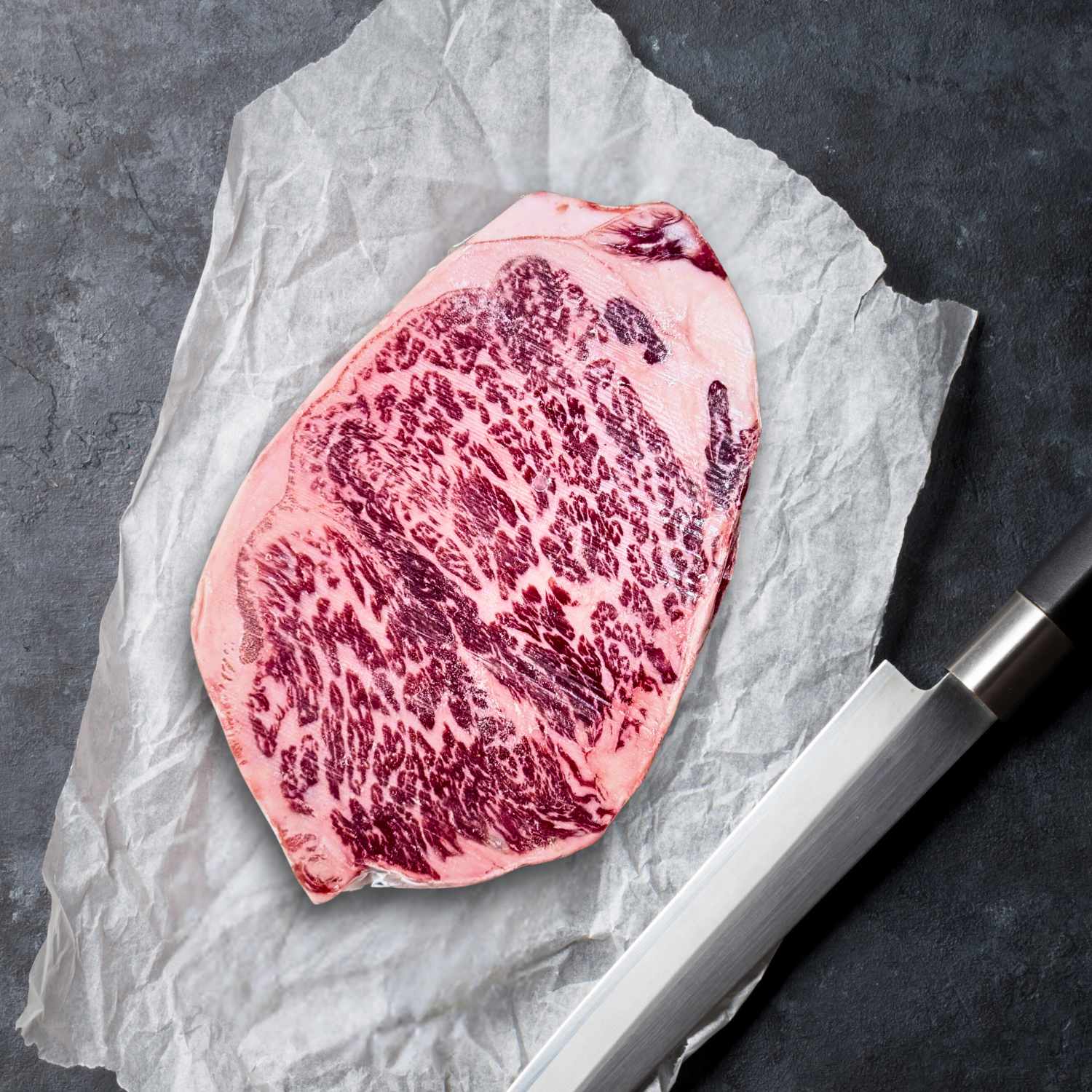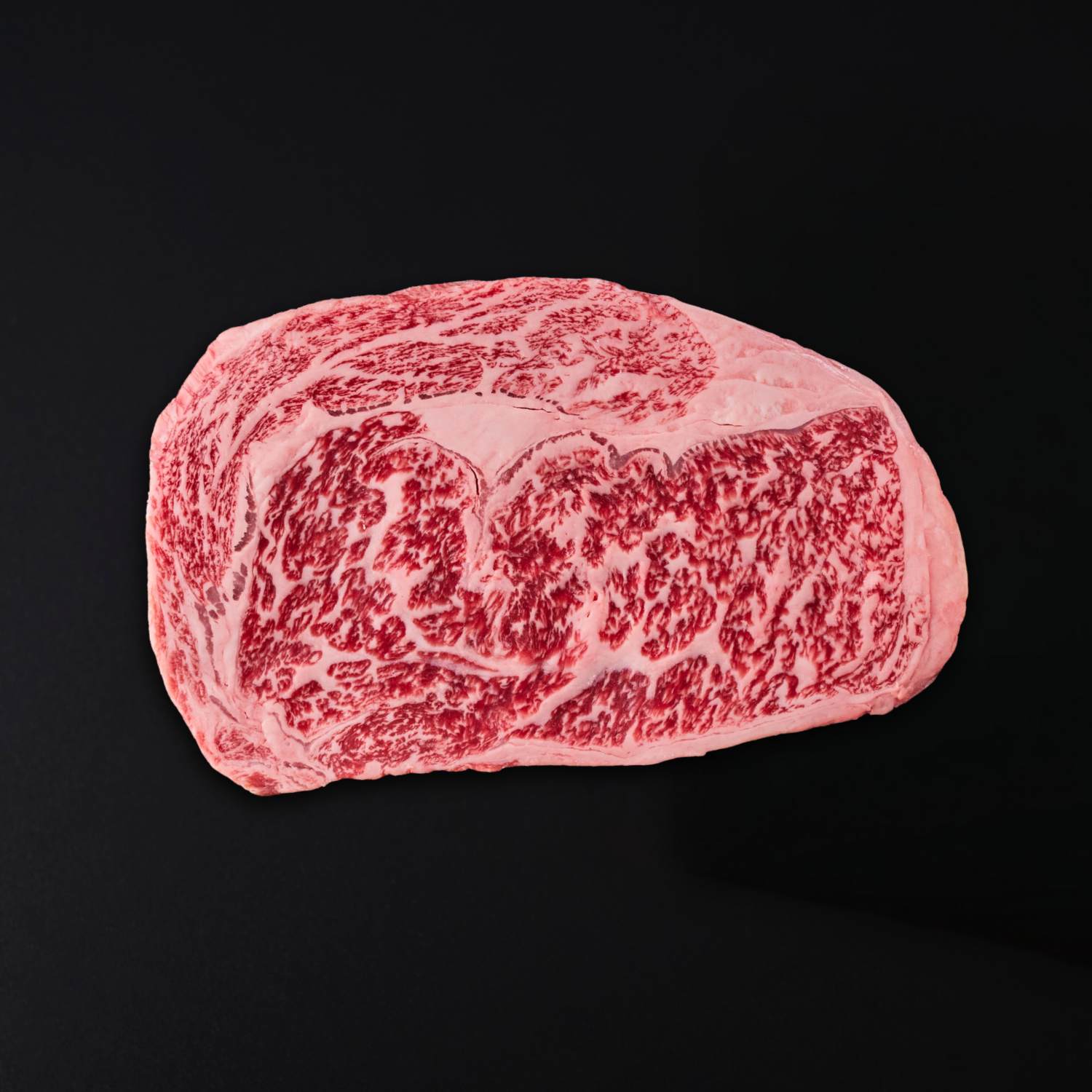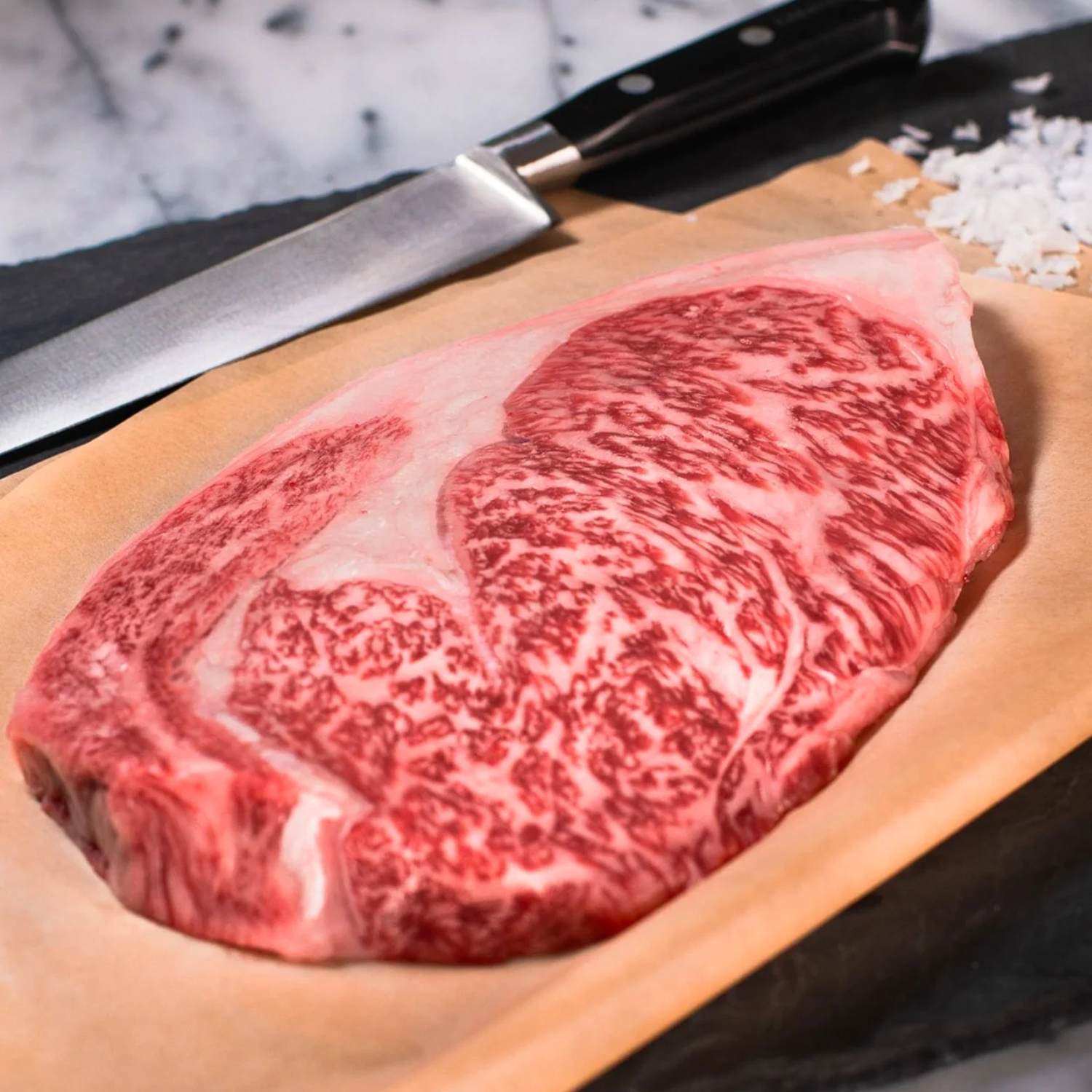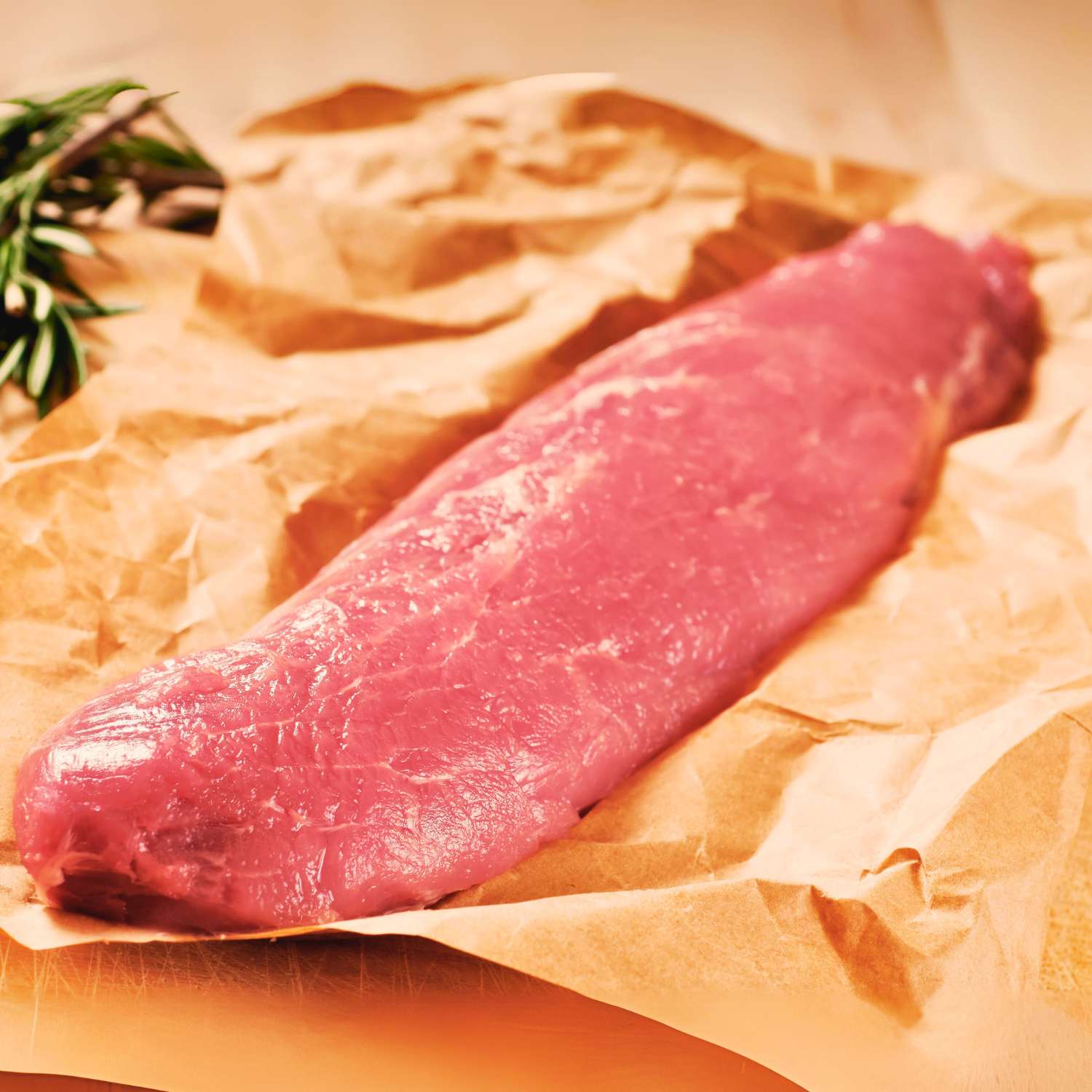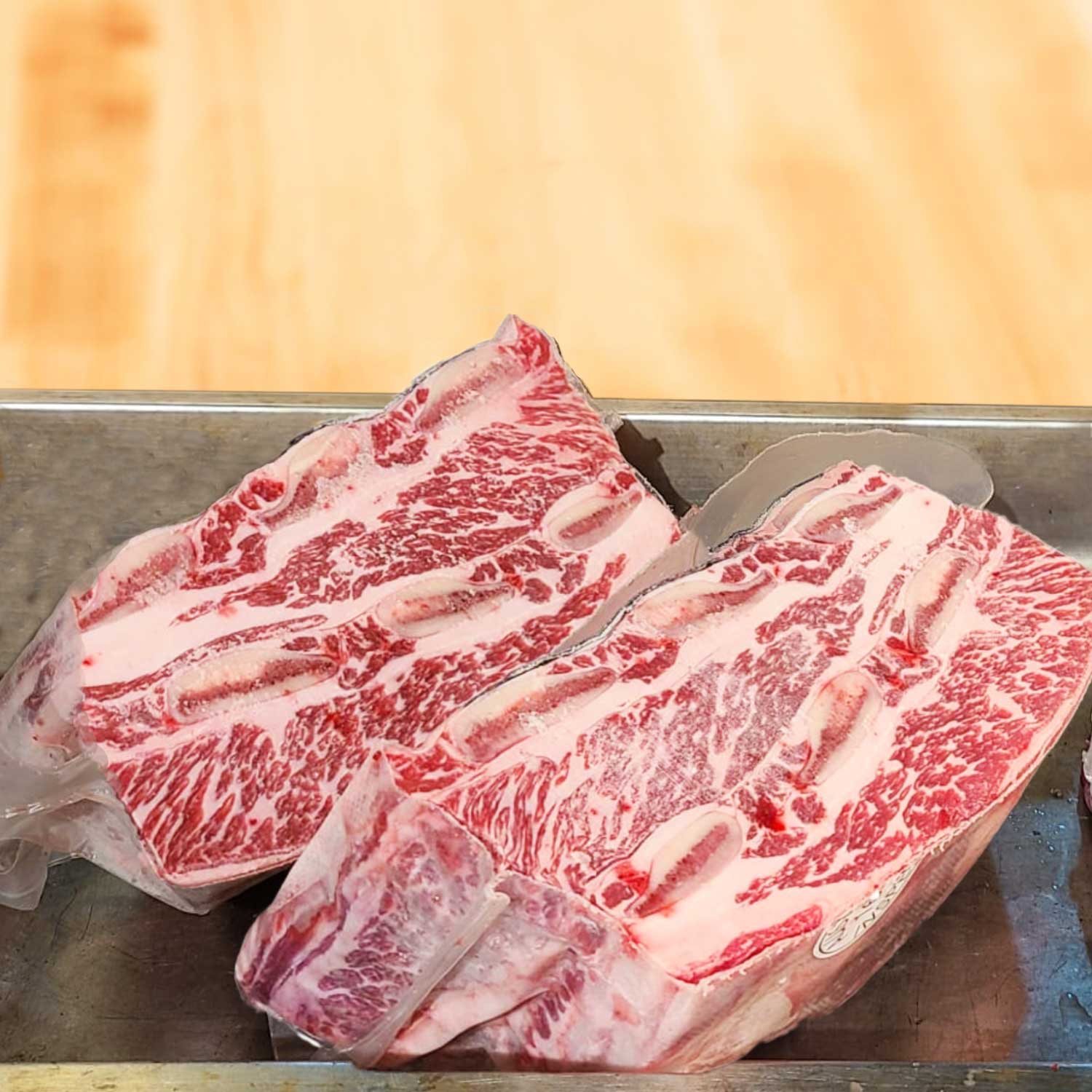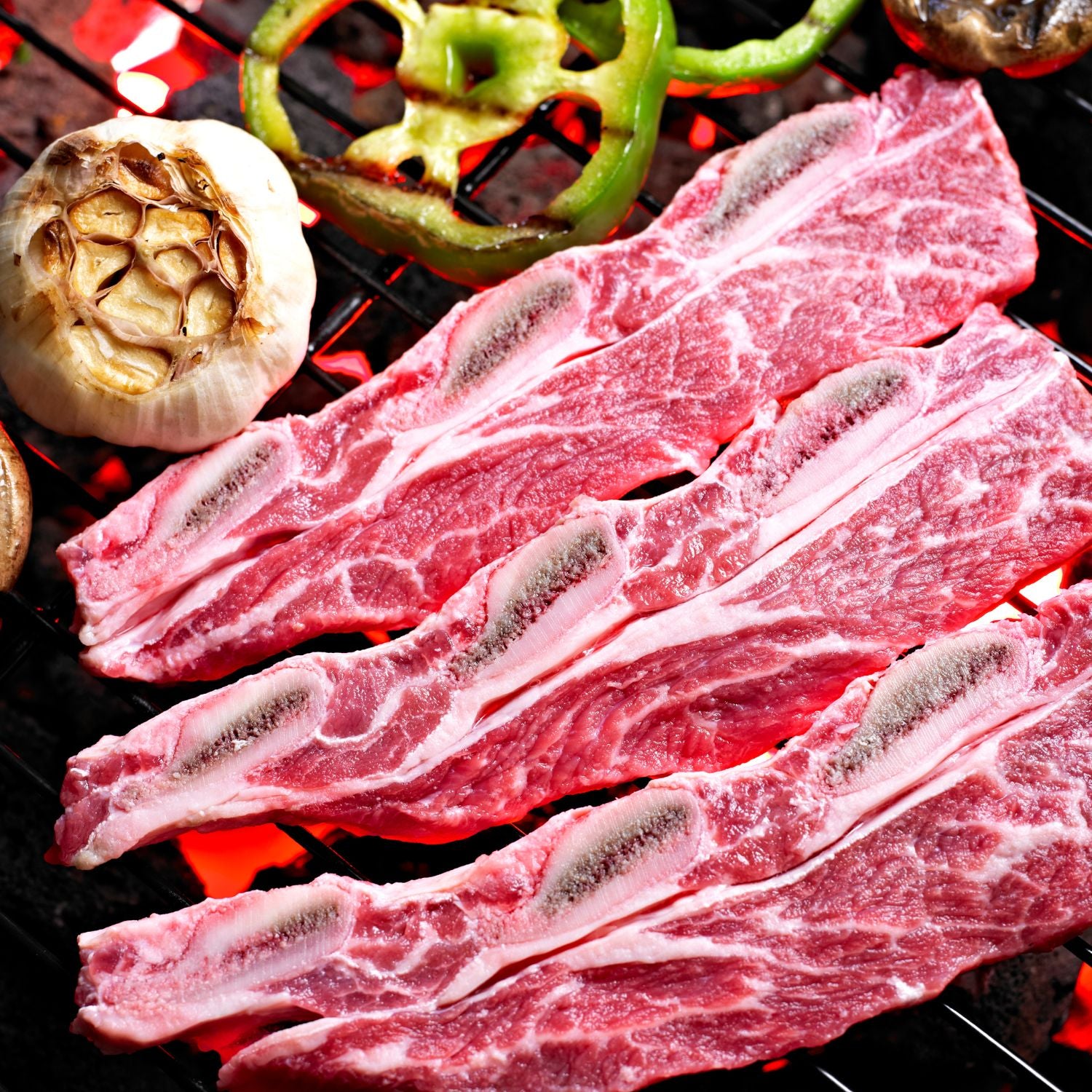Understanding Grass-Fed Roast Beef
The Difference Between Grass-Fed and Grain-Fed Beef
Grass-fed beef comes from cows that eat only grass and forage. Grain-fed beef cows eat grains like corn. These diets affect beef taste, quality, and health benefits. Grass-finished cows may roam free and eat natural diets. Such diets may lead to leaner, more flavorful meat. In Hong Kong and China, health trends fuel interest in grass-fed beef. Choosing grass-fed roast beef can have perks for both taste and health.

Benefits of Grass-Fed Roast Beef for Health and Well-being
Grass-fed roast beef is not just a tasty choice, but also a healthy one. It offers key nutrients for our body. These benefits include higher levels of Omega-3 fatty acids, which are good for the heart. This beef also contains more antioxidants like vitamin E and beta-carotene. These help to strengthen your immune system. Besides, grass-fed beef has fewer calories than grain-fed beef. This makes it a smarter option for those looking to maintain or lose weight. By picking grass-fed beef, you're opting for a leaner, more nutritious roast that supports your overall health and well-being.
Selecting the Right Cut of Grass-Fed Beef
Factors to Consider When Choosing Your Roast Beef Cut
When selecting your cut of grass-fed roast beef, it's important to weigh several factors:
- Marbling: Look for visible fat streaks. They add flavor and tenderness to the beef.
- Grain: Cuts with fine grain texture tend to be softer. Coarser grains are chewier.
- Cut size: For roasting, large, thick cuts are best. They cook evenly and stay moist.
- Muscle usage: Beef from less-used muscles is more tender. Think loin and rib cuts.
In Hong Kong and China, where cuisine can vary, these factors help chefs and home cooks alike. They ensure you pick a cut that's just right for your roast beef dish, balancing taste and texture to perfection.
The Ideal Cut for Grass-Fed Roast Beef: Texture and Flavor Profile
When hunting for the perfect grass-fed roast beef in Hong Kong and China, aim for a balance of texture and flavor. Typically, the prime cuts for roasting are the rib, loin, and rump. The rib section, which includes prime rib and ribeye roasts, is rich in marbling, yielding a tender and juicy result. The loin gives us the tenderloin and sirloin roasts, known for their leaner profile yet succulent taste. For those who prefer a firmer texture, the rump roast is an excellent choice, with a beefier flavor that stands up well to the slow roasting process. No matter the selection, grass-fed beef boasts a unique, earthy taste that reflects its natural diet.
How to Prepare Your Beef Cut for Optimal Cooking
Preparing grass-fed beef for cooking begins with proper handling. First, let the meat reach room temperature. This helps cook the beef evenly. Trim excess fat, leaving just enough for flavor and moisture. Pat the beef dry with paper towels to remove moisture. This ensures a better sear. Tenderize with a meat mallet if needed, especially for tougher cuts. Season well on all sides. Use salt, pepper, and herbs suited to your taste. Always rest the beef after seasoning, before you cook it. This lets the flavors penetrate the meat.
Advanced Cooking Techniques for Grass-Fed Roast Beef
The Best Methods for Cooking Grass-Fed Roast Beef
Grass-fed roast beef requires specific cooking methods for the best results. Below are the most effective ways to cook this type of beef:
- Slow Roasting: This technique allows the meat to cook evenly, making it tender. Use low temperatures over several hours.
- Sous Vide: Precision cooking in a water bath at controlled temperatures gives consistent doneness and retains moisture.
- Reverse Searing: Start with a low-temperature oven to cook evenly, then sear for a crusty, flavorful exterior.
- Grilling: For a smoky flavor and char, grilling is ideal. It's best for thicker cuts, and maintaining moderate heat avoids overcooking.
These methods help maintain the beef’s natural flavors and tenderness, crucial for grass-fed varieties. Take your time and use gentle heat to ensure a delicious outcome.
Innovative Recipes for Grass-Fed Roast Beef
When it comes to enhancing the natural tastes of grass-fed beef, innovative recipes are crucial. Try marinating the beef in a blend of Chinese spices like star anise and Sichuan peppercorns for a regional twist. Infuse with garlic, rosemary, and a touch of soy sauce for deeper flavor. Experiment with roasting alongside traditional Chinese vegetables like bok choy for a unique side dish. Or wrap the roast in lotus leaves and slow-cook, allowing the leaf's aroma to penetrate the meat. Always allow the roast to rest before serving to ensure maximum juiciness and enjoy the sumptuous flavors that grass-fed beef from Hong Kong and China has to offer.
Tips and Tricks for Perfectly Cooked Grass-Fed Roast Beef Every Time
Here are easy tips to nail your grass-fed beef roast:
- Let it Rest: After cooking, let the beef rest. This evens out the temperature.
- Use a Meat Thermometer: Ensure perfect doneness by checking the internal temperature.
- Cook Low and Slow: Roast your grass-fed beef on a low heat for a longer time to keep it tender.
- Season Early: Salt the beef at least 40 minutes before cooking. This helps flavor penetration.
- Baste Regularly: Keep the meat moist by basting it with its juices.
By following these simple tips, you can enjoy a juicy and flavorful beef roast every time.

